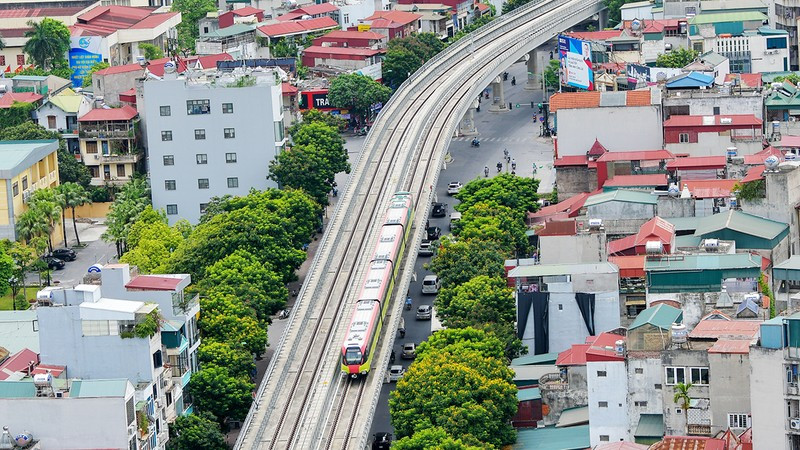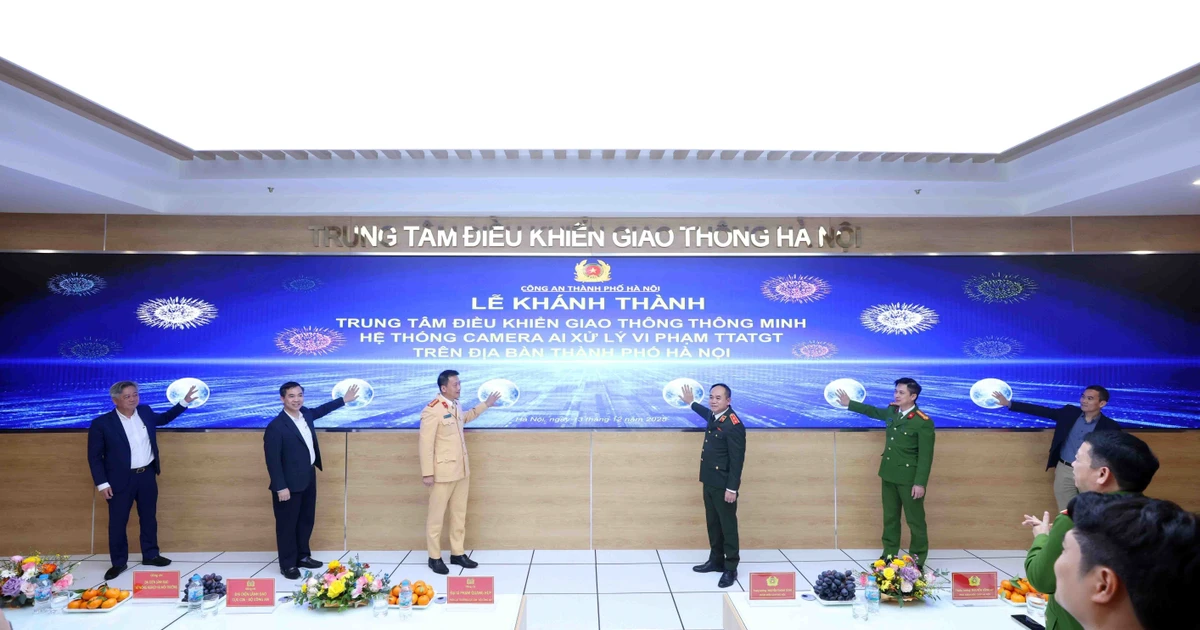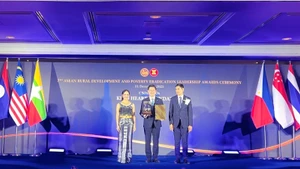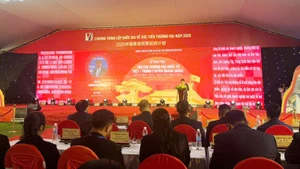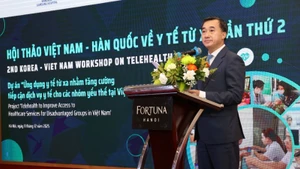Although the free trial period is already over, the Nhon-Hanoi Station Metro Line or Line 3 is still chosen by many as their daily means of transport. Hanoi Metro, the line operator, shared that during the first 15 days of free service, Line 3 served nearly 744,000 passengers, more than double the figure for Line 2A (Cat Linh-Ha Dong Line) during the same period.
More than one week into official commercial service, Line 3 witnessed tens of thousands of commuters purchase monthly passes. It is expected that when the new school year begins, more and more students will begin to rely on the newly inaugurated metro line instead of private vehicles.
It is a result beyond expectations for Hanoi’s second metro line when it is put into commercial service. In the meantime, the Cat Linh-Ha Dong Line serves nearly 10 million passengers each year and makes an important contribution to reducing private vehicle use and traffic congestion in Hanoi.
In addition to building new metro lines, Hanoi is rolling out a string of measures towards the goal of making its public transport system more environmentally friendly.
According to Thai Ho Phuong, Director of the Hanoi Transport Management and Operation Centre (Tramoc), the capital city currently has 128 subsidised bus routes, with over 1,900 vehicles, of which 282 vehicles (14%) are powered by battery and compressed natural gas (CNG). To date, the fleet of electric buses has helped reduce carbon emissions by 36,000 tonnes.
As a frequent bus user, Nguyen Thu Thuy of Long Bien District shared: “There is now a big difference in service and vehicle quality between electric buses and ordinary buses. The operation of electric buses is smooth and does not create loud noises, providing a very good experience for passengers.”
Electric bus operator Vinbus General Director Nguyen Cong Nhat shared that: “Many expressed doubts when electric bus routes were first launched. But now we have received plenty of positive feedback. Both passengers and other road users can clearly feel its impact on reducing pollution.”
Tramoc Director Thai Ho Phuong stated that in moving towards the green goal of Hanoi’s public transport system, newly launched bus routes will prioritise using clean energy. He added that the agency is finalising procedures to put electric buses into service on routes 05, 39, 43, 47 and 59 in early 2025.
At the same time, Hanoi also licensed thousands of electric taxi cabs and opened 79 public bike stations with about 1,000 standard and electric bikes across the capital city. Public bike stations are located near bus stops, metro stations, parks, and tourist attractions to provide the greatest convenience.
In early July 2024, the Hanoi People’s Council underlined the need to formulate and implement a scheme to develop a public transport system using electricity and clean energy. The scheme stems from the agreement on the role of urban railway as the backbone of the public transport system, an important driver for the city’s rapid and sustainable socio-economic development strategy in the coming time.
Director of the Hanoi Department of Transport Nguyen Phi Thuong shared that in order to fulfil such goals, Hanoi has proposed what is known as “one plan, three phases”.
Specifically, during the 2024-2030 period, Hanoi aims to complete 96.8 kilometres of metro across Lines 2, 3 and 5, equivalent to 24% of the metro system’s length under the capital city’s transport plan. Hanoi will also conduct preparation work for the construction of another 301 kilometres, including Line 1, Line 2A extension, Line 4, Line 6, Line 7, Line 8, and those linking Hanoi’s satellite cities.
Hanoi will complete the abovementioned 301 kilometres of metro during the 2031-2035 period as well as a further 200 kilometres of metro during the 2036-2045 period under a revised plan for the capital city.
Along with these long-term goals, the city is working to make its public buses greener. Director of the Hanoi Department of Transport Nguyen Phi Thuong shared that the department is finalising the scheme on developing a public bus system using electricity and green energy.
He said: “We set a target that 100% of new buses will use electricity or green energy starting from 2025, and 100% of new taxi cabs will use electricity or green energy starting from 2030.”
The transport department official added that electric buses will be prioritised for inner city areas, while CNG-powered buses will be used for outlying areas. A clear roadmap will be formulated for bus operators to prepare for the transition to clean energy.
According to Hanoi Vice Chairman Nguyen Manh Quyen, the government requested that Hanoi switch to buses using green energy (electricity or CNG) by 2050. However, the capital city is looking to achieve this goal by 2035, which is 15 years ahead of schedule.
He shared that the Hanoi Transport Department has worked with 11 bus operators and all of them expressed support and determination to implement this plan.
